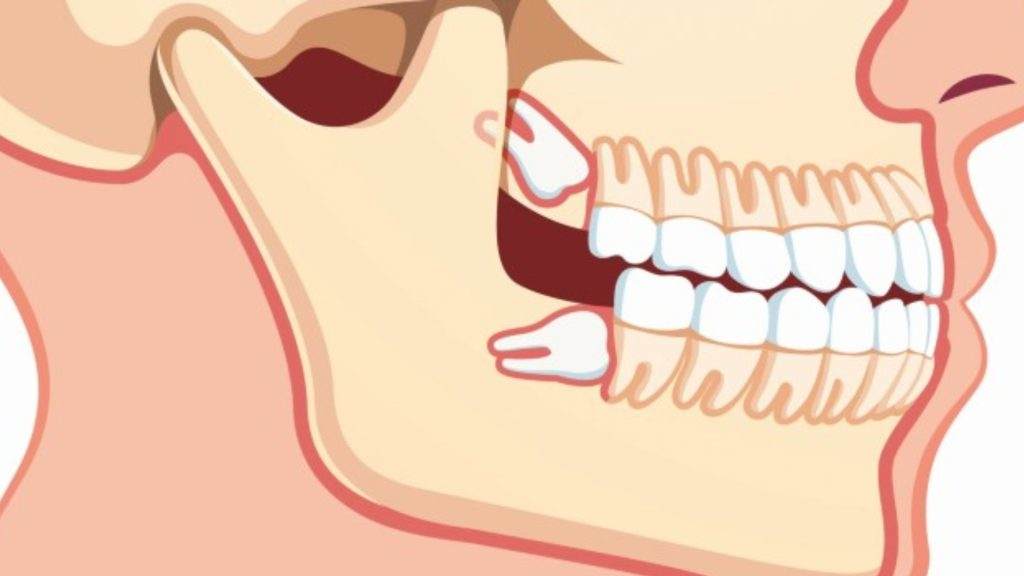Study Finds Higher Marginal Bone Loss with Subcrestal Placement of Dental Implants in Mandibular Posterior Region.
A recent study published in BMC Oral Health highlights findings that suggest subcrestal placement of dental implants in the mandibular posterior region leads to increased marginal bone loss compared to crestal placement.
Marginal bone loss is a critical factor influencing the success of dental implants. The study aimed to explore how the vertical position of implants and the thickness of surrounding soft tissue affect the rate of marginal bone loss. Conducted as a single-blind randomized clinical trial, the study involved 33 patients (19 women, 14 men) who received a total of 56 implants in the posterior mandible. These implants were divided into two groups: crestal (28 implants) and subcrestal (28 implants). Each group was further categorized based on soft tissue thickness, with 14 implants having ≤2 mm of tissue and 14 implants having >2 mm.
Using the Scanora 5.2 program and digital radiographs for measurement, researchers assessed marginal bone loss three months after implant placement and again three months after loading (six months post-placement).
The results indicated significantly higher marginal bone loss in subcrestal implants compared to crestal implants (p-value = 0.001). Additionally, implants with ≤2 mm of soft tissue experienced significantly greater marginal bone loss than those with >2 mm of tissue (p-value < 0.001). Furthermore, marginal bone loss was notably higher three months after implant loading compared to three months after initial placement (p-value < 0.001).
The study underscores that both the vertical position of the implant and the thickness of surrounding soft tissue play pivotal roles in marginal bone loss. Subcrestal placement and thinner soft tissue were associated with increased bone loss around implants. Moreover, the duration post-implantation significantly influenced the extent of bone loss observed.
These findings emphasize the importance of careful consideration of implant positioning and soft tissue management to mitigate marginal bone loss and enhance the long-term success of dental implant treatments.

